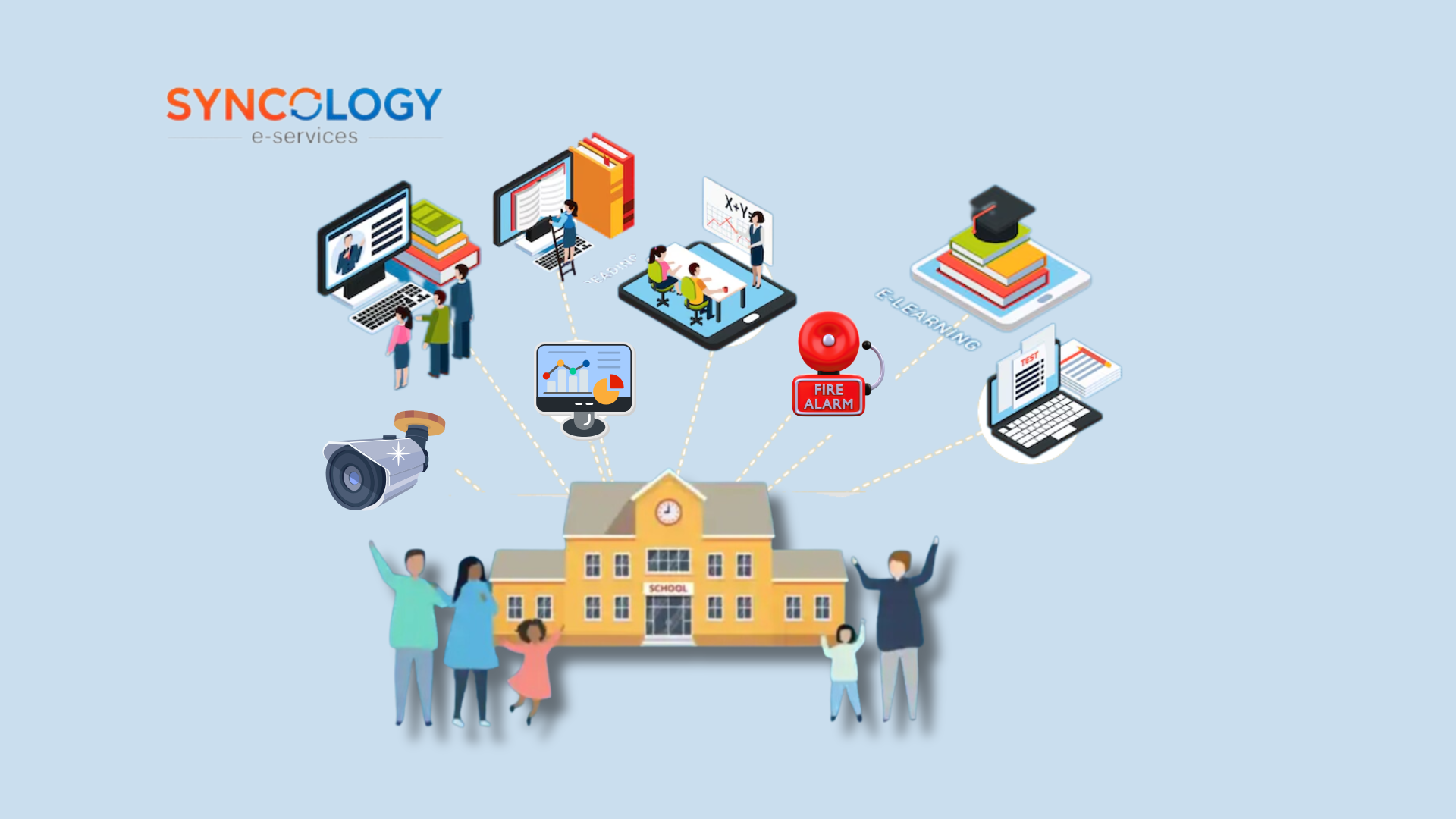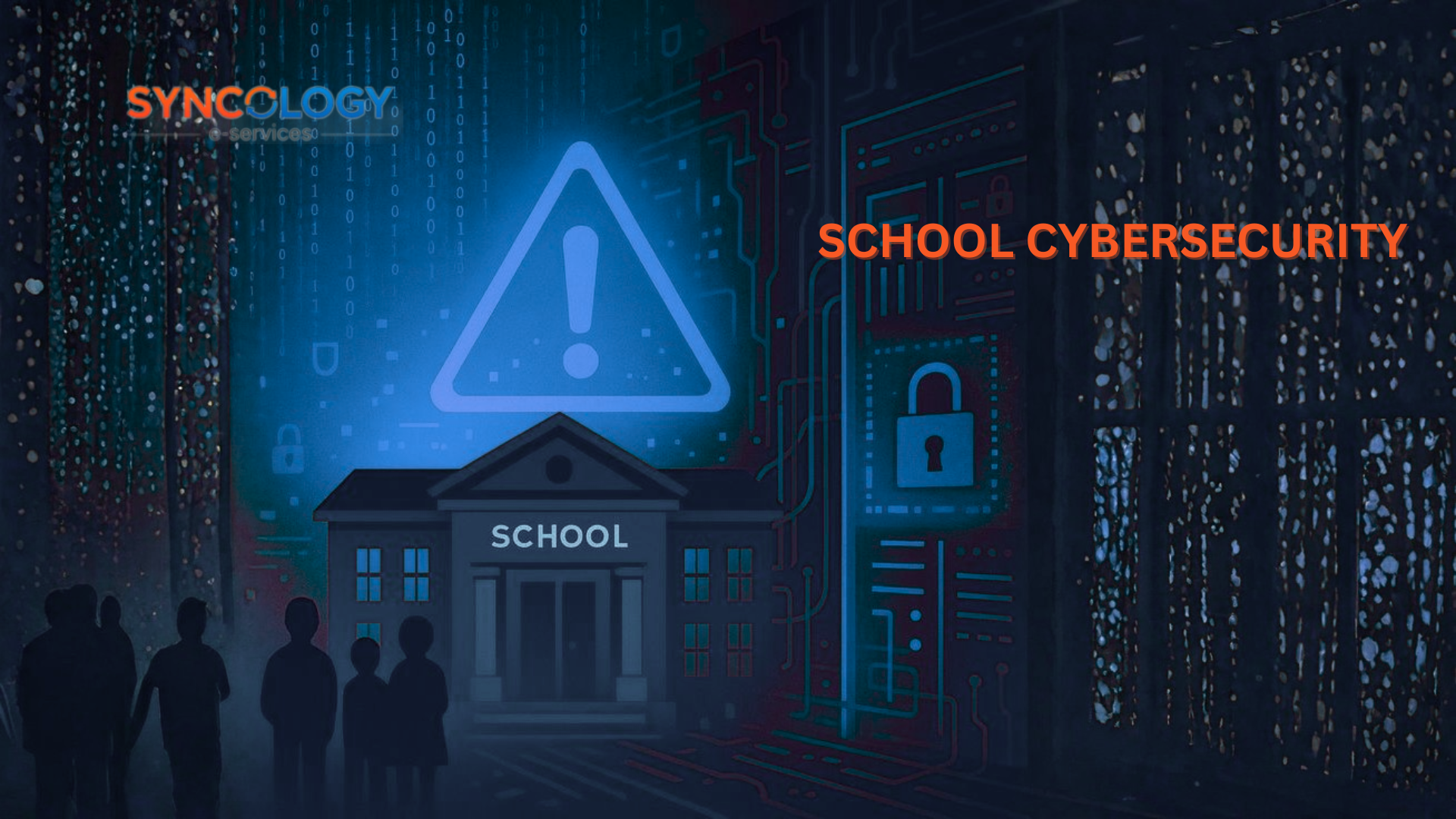
Wired vs Wireless Networks in Schools: What’s Best in 2025?
Wired vs Wireless Networks in Schools isn’t just a technical debate; it’s about the daily reality of teachers struggling with lagging video lessons, students losing access during exams, and administrators fighting cybersecurity risks. As classrooms become increasingly digital in 2025, the choice between wired and wireless connectivity has never been more important. The right network determines how smoothly your ERP, LMS, and digital classrooms function, directly shaping the teaching and learning experience.
In this blog, we’ll break down the differences between wired and wireless networks, their pros and cons, and how schools can make the best choice -or even combine both- for a smarter, future-ready digital ecosystem.
Table of contents
-
What is a Wired Network in Schools?
-
What is a Wireless Network in Schools?
-
Wired vs Wireless Networks: Which One Wins?
-
The Hidden Challenges of School Wi-Fi
-
The Benefits of Wired & Wireless Integration
-
How Schools Can Choose the Right Network in 2025
-
About Syncology
-
FAQs
-
Conclusion
1) What is a Wired Network in Schools?
A wired network uses copper (e.g., Cat6A) and fiber to connect devices and backbones. In 2025, Cat6A remains the standard for 10-Gigabit to the edge (up to 100 m), while fiber uplinks serve core/distribution for higher speeds and distance. Anixter
Advantages of Wired Networks for Schools:
- High Reliability: Wired connections are far less prone to interference, ensuring consistent connectivity during video lessons or administrative work.
- Better Control & Monitoring: IT teams can monitor traffic, detect problems faster, and allocate bandwidth for critical activities such as online exams.
- Ultra-Fast Speeds: Fiber optic or modern copper cabling supports extremely high data transfer rates, ideal for schools with heavy use of cloud-based.
- Low Latency: Perfect for real-time applications such as online assessments, video conferencing, or interactive learning platforms where every second matters.
- Enhanced Security: Physical connections make it harder for unauthorized users to tap in, reducing risks of hacking or data leaks.
- Long-Term Investment: Though setup costs are higher, wired infrastructures tend to last longer with minimal maintenance, making them cost-effective.
Disadvantages of Wired Networks:
- Limited Mobility: Students and teachers must remain connected via cables.
- Complex Installation: Requires routers, switches, and time-consuming cabling.
- Cable Management: Hundreds of wires can make classrooms messy and hard to maintain.
2) What is a Wireless Network in Schools?
Wireless network infrastructure connects devices over Wi-Fi using electromagnetic waves, eliminating the need for cables. Intel+2Cisco Meraki Documentation+2
They’ve gained popularity in schools for their flexibility and ease of use.
Why schools need Wireless Networks:
- Mobility and Flexibility: Teachers and students can connect anywhere.
- BYOD-Friendly (Bring Your Own Device): Enabling digital classrooms where students use their personal devices.
- Quick Installation: Wireless networks require less infrastructure, allowing faster deployment, especially helpful for expanding campuses.
- Scalability: Adding new users or devices is easy; no need for extra cabling.
- Cost-Effective Setup: Initial installation costs are lower than wired, especially in older school buildings where laying cables is expensive.
- Supports IoT in Education: Wireless networks can connect smart boards, projectors, attendance systems, and other IoT devices, enhancing digital transformation.
- Remote Access Capabilities: With proper configuration, teachers or admins can access school systems even outside the campus for remote management.
Disadvantages of Wireless Networks:
- Signal Interference: Other wireless devices can disrupt connections.
- Security Risks: More vulnerable to unauthorized access.
- Speed Issues: Performance decreases when many users connect simultaneously.
Wired vs Wireless Networks in Schools: Which One Wins?
The wired vs wireless debate doesn’t have a single winner; it depends on school needs.
- Wired networks are ideal for computer labs, administrative offices, and secure testing environments where speed and data protection are critical.
- Wireless networks shine in classrooms, libraries, and student areas where mobility and easy access matter most.
👉 Many institutions are adopting a hybrid approach: wired backbone infrastructure for reliability, complemented by wireless networks for flexibility.
The Hidden Challenges of Wireless Networks in Schools:
While wireless feels convenient, schools must prepare for:
- High-Traffic Slowdowns: Peak hours (lunch breaks, evenings) often strain Wi-Fi access points.
- Device Compatibility: Older devices (Wi-Fi 4) slow down modern networks designed for Wi-Fi 6.
- Maintenance Needs: Schools must continually upgrade access points and configurations to keep performance strong.
The Benefits of Wired vs Wireless Networks Integration for Schools:
Instead of “wired vs wireless,” schools should think “wired and wireless.” When both work together:
- Wired ensures security and performance where it matters most.
- Wireless offers flexibility and mobility for dynamic learning.
- Together, they create a resilient, future-ready ecosystem.
This is exactly why many schools consult experts in Network Infrastructure Services before upgrading, to design a hybrid setup that balances speed, cost, and scalability.
How Schools Can Choose the Right Network in 2025:
- Assess School Needs: Is your focus high-security exams, or flexible classrooms?
- Plan for Growth: Networks should scale as new devices and branches are added.
- Invest in Cloud-Ready Systems: For seamless integration with ERP and LMS platforms.
- Prioritize Security: Firewalls, encryption, and role-based access are critical for both wired and wireless.
- Work with Trusted Partners: Choose providers who offer not just hardware, but long-term support and integration expertise.
Quick comparison ” Wired vs Wireless Networks “
| Criterion | Wired | Wireless | Hybrid (Recommended) |
|---|---|---|---|
| Speed/throughput | Predictable (10G+ to edge with Cat6A). | High, varies by design (6E/7) | Predictable core + flexible edge |
| Latency/Jitter | Lowest | Improved with Wi-Fi 6/7; still RF-bound. | Low for critical paths; good elsewhere. |
| Security | Physical + VLAN/ACL | WPA3-Enterprise + segmentation | Defense-in-depth |
| Mobility | Fixed | Campus-wide | Both |
| Cost profile | Higher upfront | Lower upfront, ongoing AP refresh | Balanced |
| Best for | Exams, admin, labs | Classrooms, libraries, BYOD | Whole-school performance |
About Syncology
At Syncology, we don’t install networks as “Cables or Wi-Fi.” We design and build Smart School Ecosystems and Infrastructures where every school operation and facility, run seamlessly on the right mix of wired and wireless. With 11+ years of experience and 70+ schools served, our network infrastructure services ensure:
- Reliable wired backbones.
- Scalable wireless solutions.
- End-to-end integration with your EdTech platforms.
Get a free network design review → Contact Us Now
Conclusion: A Balanced Approach for Wired & Wireless Networks Wins
The choice isn’t simply wired vs wireless networks in schools, it’s about creating the right balance for security, speed, and flexibility. Schools that adopt integrated, future-ready network infrastructures in 2025 won’t just avoid connectivity issues; they’ll unlock smarter teaching, safer learning, and long-term growth.
👉 Ready to design a hybrid network that works for your school?





